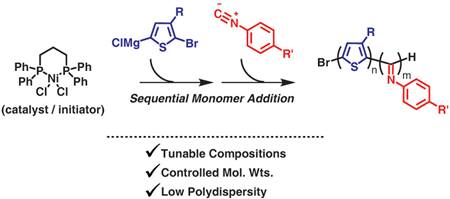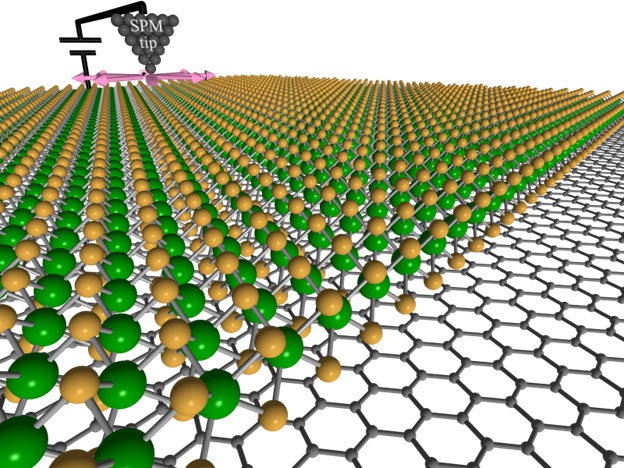Simple Synthesis of Electroactive Block Copolymers for Solar Cells



In the unusual world of quantum materials, metals can guide light in their interiors instead of merely reflecting it.

Machine learning and artificial intelligence accelerate nanomaterials investigations.